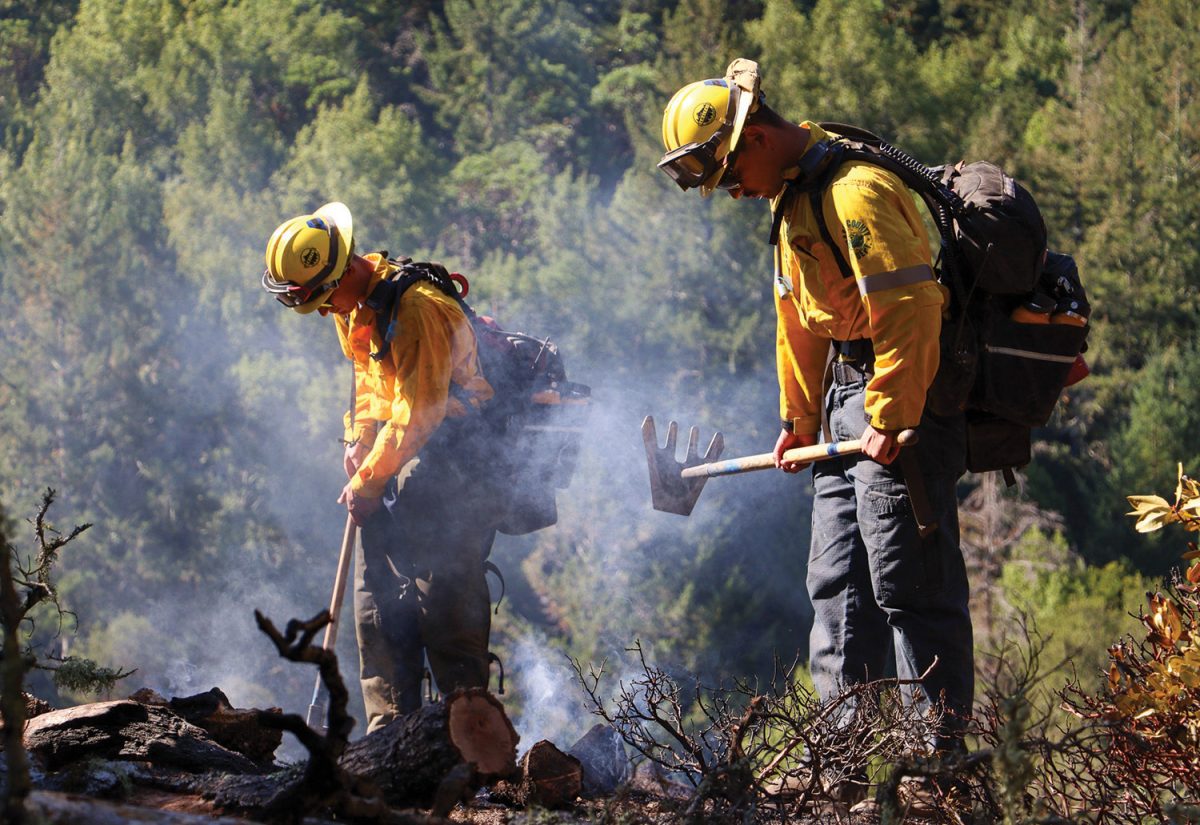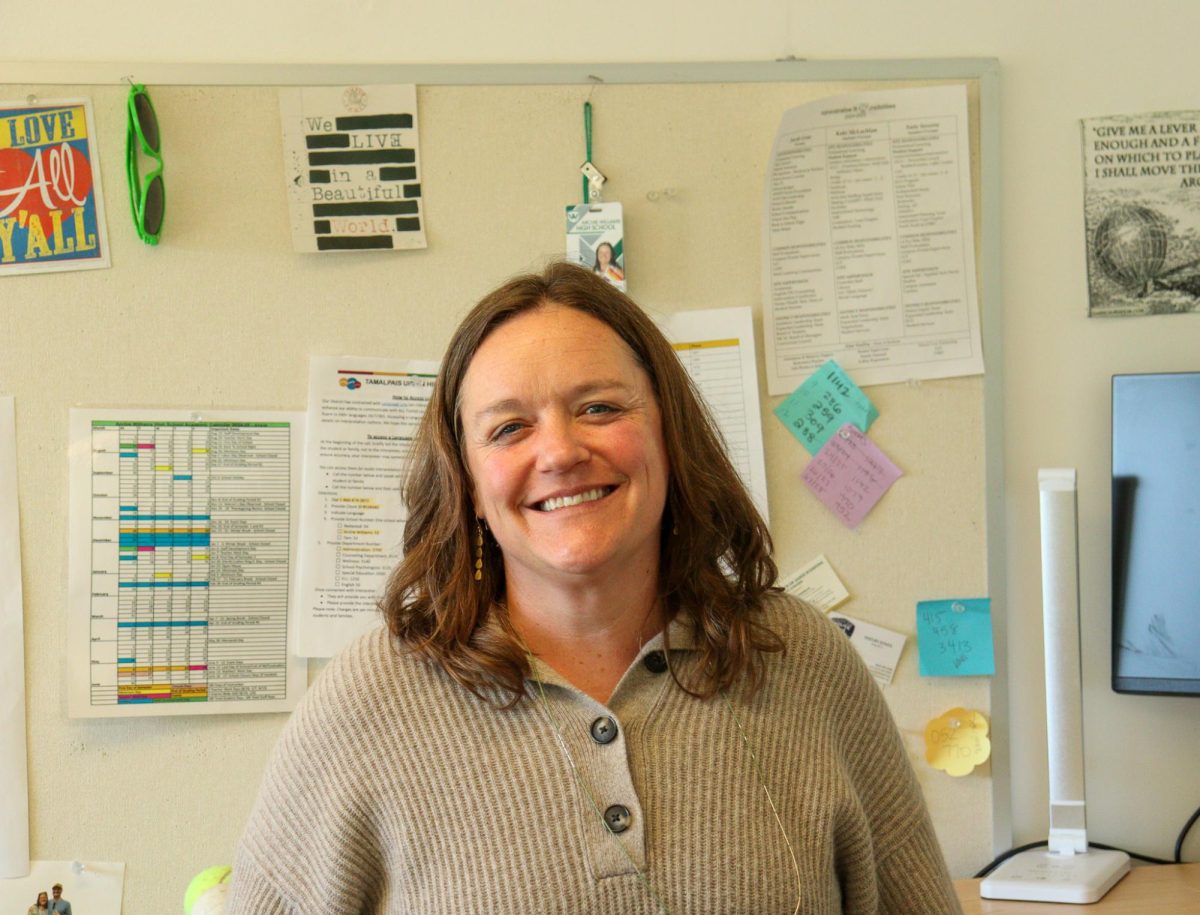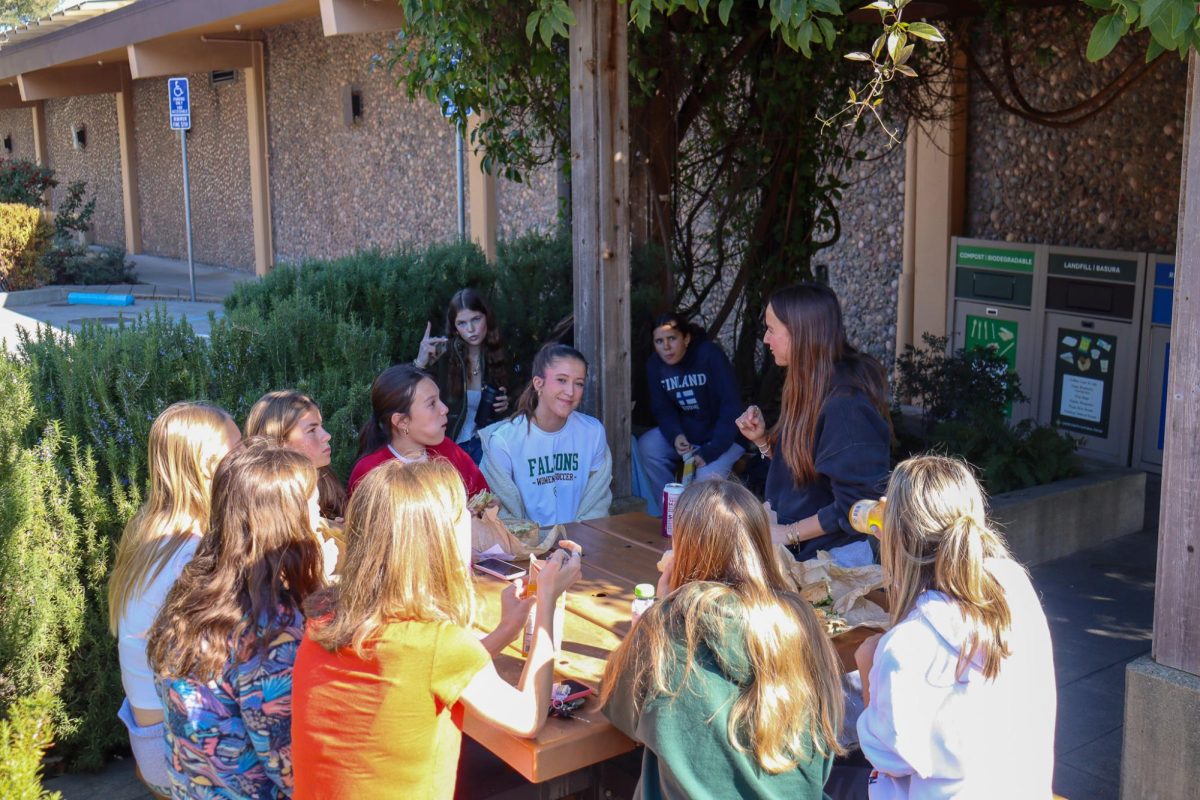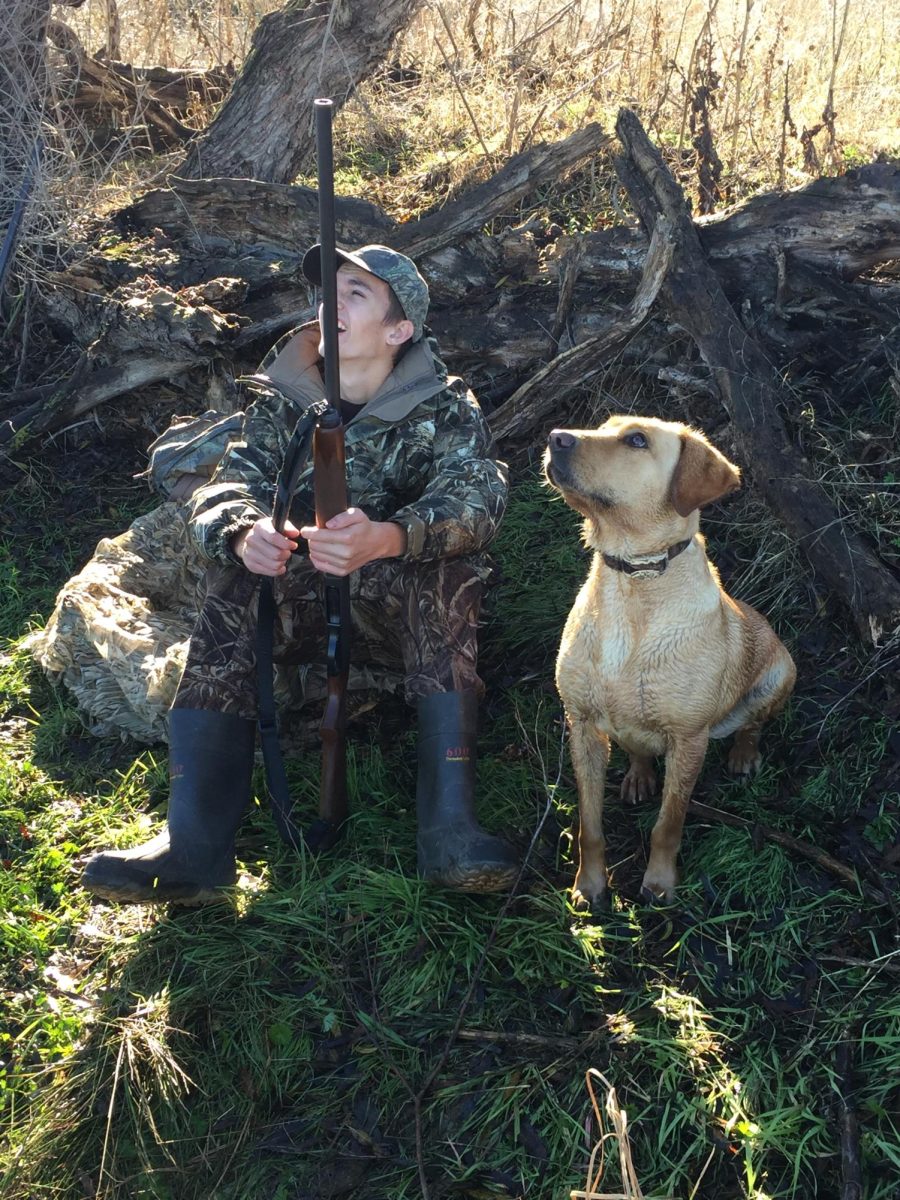California faced an alarming increase in wildfire activity during the 2024 fire season. With approximately 1,000,000 acres burned statewide, nearly 400 percent more than the total acreage burned in 2023, Marin County’s preventive measures are crucial for combatting the escalating threat of wildfires. The county’s approach includes fuel reduction projects and community outreach programs, which aim to mitigate risks and prepare residents in the event of emergencies.
Jennifer Gauna is the Executive Director of Operations of Fire Safe Marin, an organization dedicated to educating and preparing citizens for the event of a fire. Fire Safe Marin was founded in 1991 after the Oakland Tunnel Fire, a large suburban fire that inflicted over 1.5 billion dollars in damage, prompting Marin County to pursue means of fire prevention.
“I manage a team of about four or five people each who contribute to these programs and projects, and I ensure that the work gets done and that things that residents can do to prepare their homes, their yards, their families, [are communicated to] all 260,000 residents of Marin.”
In terms of wildfire prevention and preparation, cooperation from Marin residents is crucial. Gauna’s job includes the management of defensible space inspectors that visit homes in Marin and identify vulnerabilities to wildfires.
“[Defensible space inspectors identify] what can you do around your home, like change out vents to be ember and flame-resistant, and ensure that there’s nothing in the first five feet of your home that can catch fire. [They also] make sure you are maintaining your yard and picking up leaves and debris that may have settled in nooks and crannies on your house,” Gauna said.
Gauna emphasizes the significance of proactive measures homeowners can take to protect their properties. Such measures include creating defensible spaces through strategic landscaping.
“We’re telling people to be mindful of the plants that they plant, and don’t plant any fire hazardous plants. Remove [hazardous plants and] create both horizontal and vertical spacing between plants. Basically, we’re telling residents to create some fire breaks in your yard by using hardscaping,” Gauna said.
Marin Wildfire Prevention Authority (MWPA) is an outreach and education partner of Fire Safe Marin. Gauna recognizes the funding the MWPA receives as key to the wildfire prevention they are able to execute.
“Marin County is a very exciting place to be right now when it comes to wildfire prevention,” Gauna said. “Five years ago, there was a parcel tax that passed, Measure C, and that tax funded and created what’s called the Marin Wildfire Prevention Authority. They’re funded to about 20 million dollars a year, and that money goes toward fuel reduction projects in open spaces where there are overgrown trees, bushes, and grasses.”
According to Gauna, innovations by the MWPA have allowed Marin to become one of California’s most advanced counties when it comes to wildlife prevention. Services provided by the county, such as home inspections, chipper days, and evacuation route clearances prepare citizens for emergencies.
“There is so much more work to do, and more residents need to do work around their properties,” Gauna said. “In comparison to other [counties] in the U.S., Marin is doing pretty good when it comes to wildfire preparation. I think you’ll find people are looking to Marin County across the globe to see what we’re doing here, because of the innovative, high-tech, proactive, forward-looking solutions that [Fire Safe Marin and MWPA are] employing.”
In mid August, a brush fire in Novato consumed over 18 acres before containment, and remained active for three days. While the fire inflicted no structural damage or civilian casualties, it prompted several residents of surrounding areas to evacuate as it grew. Joe Gallardo, a Captain of the Marin County Fire Department (MCFD), stresses the importance of establishing an evacuation plan prior to the event of an emergency.
“Evacuation plans per household can help if something were to happen. The evacuation plan [should include] a meeting place and a route of travel. You should know the neighborhood in which you live, know which roads are accessible and which ones aren’t, and realize it might be smoky, and there might be traffic,” Gallardo said.
Gallardo also recommends preparing a go-bag.
“A go-bag can consist of many different things. It’s a personal preference, but generally speaking, important documents, small family heirlooms, and clothes for a day or two, just in case you can’t go back,” Gallardo said. “When the emergency hits, you don’t really have time to think, so it’s more than likely you’ll just need to get in your car and get out of there.”
While Marin saw numerous heat and dry spells during the summer, Gallardo believes this fire season will show no differences from previous years.
“Hot and dry with wind, and then we just need ignition [to start a wildfire],” Gallardo said. “We are always vulnerable to wildfires, but the later into the summer months the more vulnerable we become, and the more devastating a fire could potentially be.”
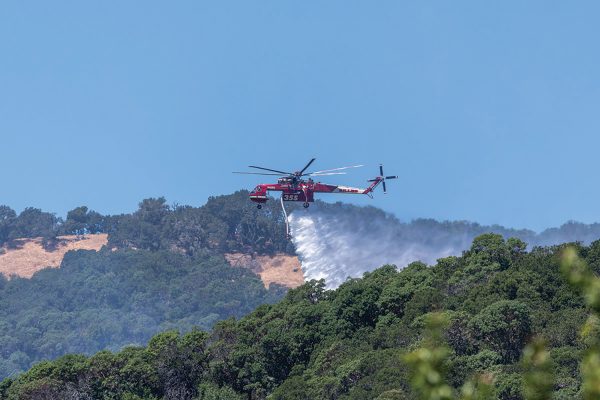
Several outlets exist for Marin citizens to engage and interact with the Marin County Fire Department. Archie Williams senior Arlo Molony participates in the Ross Valley Fire Department Explorer Post, a program that allows young adults to involve themselves in firefighting.
“Ross Valley Fire Explorer is a junior fire program where we get to train every week with firefighters and get hands-on experience with firefighting,” Arlo said. “We get to do 911 calls, ride-alongs, and all sorts of stuff like that.”
While Explorers receive no salary or pay, the experience benefits those who choose to pursue a career in firefighting.
“During the fire season, we do a lot of wildland fire training, like clearing brush, [working on] controlled burns… Marin County is definitely prepared for a fire. Our firefighters are constantly training,” Arlo said.
Amid California’s increasing wildfire threats, establishing an evacuation plan and preparing a go-bag with essentials are more important than ever for responding to an emergency. Marin County residents wanting to protect their homes can take it a step further and create defensible spaces through landscaping and the removal of hazardous plants. As Marin navigates future fire seasons, the cooperation and collaboration between its residents and emergency services will play a crucial role in mitigating the risks and ensuring the safety of the community.



